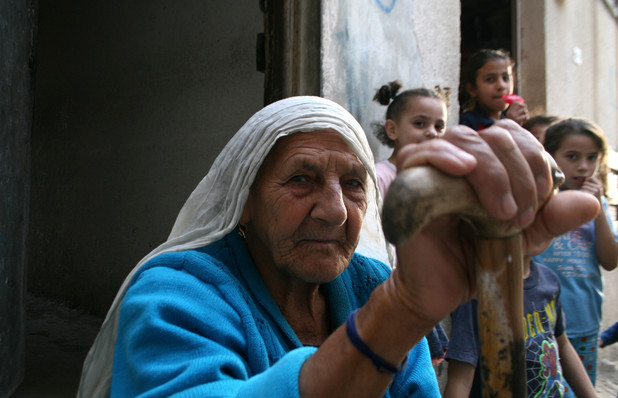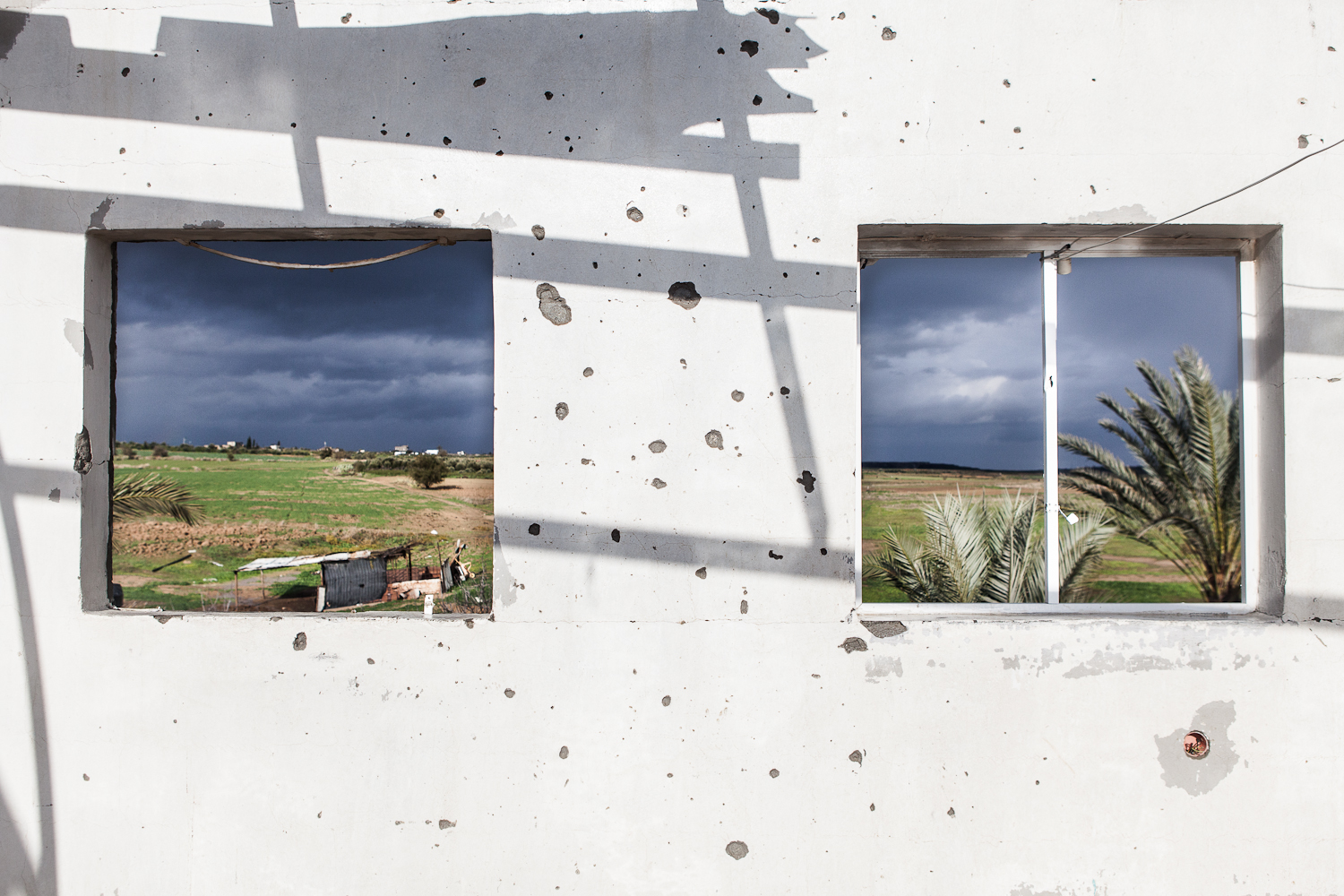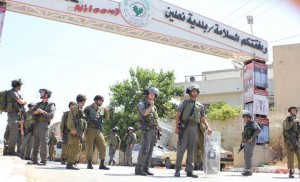Year: 2013
-
Gaza researchers determined to record Nakba generation before time runs out
28th October 2013 | The Electronic Intifada, Joe Catron | Gaza City, Occupied Palestine Tucked into a quiet basement suite in the main building of the immaculate Islamic University of Gaza campus, the Oral History Center could at first be mistaken for a bursar or registrar’s office. But its stacks of metal filing cabinets may contain more memories…
-
In Gaza, hundreds of miles from the battlefield
28th October 2013 | International Solidarity Movement, Charlie Andreasson | Gaza, Occupied Palestine Drones fly over rooftops at night, awakening peoples’ memories. They may only patrol, or carry deadly cargo with them. F-16 planes draws streaks across the sky. Here on the ground, no one knows what order the pilot has for the day. Tanks raid…
-
Israeli soldiers blocking the entrances of Ni’lin village
28th October 2013 | Ni’lin Village | Ni’lin, Occupied Palestine Since last week the village of Ni’lin is being targeted daily by midnight raids from the Israeli occupation forces. The soldiers have been shooting tear gas into people’s homes while they are sleeping. Only two people have been arrested but ten houses have been invaded…



